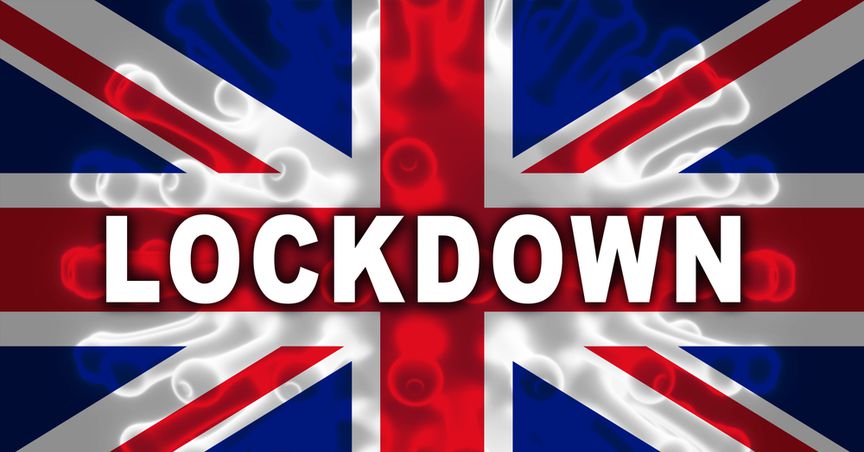Summary
- The nation could witness stricter lockdown restrictions in the next few weeks with the rise in Coronavirus cases
- As per the government’s analysis, a strong correlation was found between the prevalence of a new strain of Covid-19 and the rapid rise of coronavirus cases
England could witness stricter lockdown restrictions in the next few weeks with the invariably rising coronavirus cases at a time when the nation has just started inoculating the vulnerable patients with the Covid-19 vaccine co-developed by AstraZeneca Plc and the University of Oxford. The government has taken a couple of on-the-spot reciprocative actions in the last few weeks reviewing the cases and conditions. Most areas are placed under various tiers and mandated restrictions.
The government has been incredibly fast in taking the necessary actions wherever required, Matt Hancock, Secretary of State for Health told BBC Radio 4, adding that despite restrictions, there has been a significant rise in the coronavirus cases particularly in the areas under tier 3. The government is prepared to take swift decisions with regard to moving the authorities to tighter restrictions even within 24 hours if there is an urgent requirement to do so, Hancock said.

(Image source: ©Kalkine Group 2020)
Prompt actions
Notably, the government decided to move a number of authorities to respective higher tiers on Christmas Eve nearly a week before the scheduled review of the tier system. The decision to shift the endangered areas into tier 3 and tier 4 was primarily done to contain the continuously rising pressure on the National Health Service (NHS) with the spiralling number of hospital admissions.
As per the government’s analysis, a strong correlation was found between the prevalence of a new strain of Covid-19 and the rapid rise of coronavirus cases. The authorities falling under tier 3 and 4 were given priority as far as the testing and outreach of healthcare workers are concerned.
Deciding factors
The rate of case detection in the elderly over the age of 60 years and in all age groups, apart from the rate of growing number of coronavirus cases, have been the primary indicators that are helping the administration to adjudge and accordingly pursue with the modifications in the tier system.
As of 31 December, there was no area under tier 2 level of restrictions, while Isles of Scilly is the only authority which is under tier 1. Inferentially, the next review of the tier system could see the more than 1 dozen of areas moving to tier 4 set of restrictions from the present level of tier 3.
Areas presently under tier 3
Rutland from East Midlands; North West’s Liverpool City Region; North East Lincolnshire and North Lincolnshire, East Riding of Yorkshire, Kingston upon Hull/Hull of The Humber; West Yorkshire’s Wakefield, Leeds, Kirklees, Bradford, Calderdale; and City of York and North Yorkshire; Barnsley, Doncaster, Rotheram, Sheffield of South Yorkshire are some of the areas that are still under tier 3 level of restrictions.
Other authorities that are also under the tier 3 are Worcestershire, Herefordshire, Shropshire, and Telford and Wrekin from West Midlands; and Devon, Plymouth and Torbay, South Gloucestershire, Cornwall, North Somerset, Bath and North East Somerset, Wiltshire, Bristol and Dorset from the South West.




